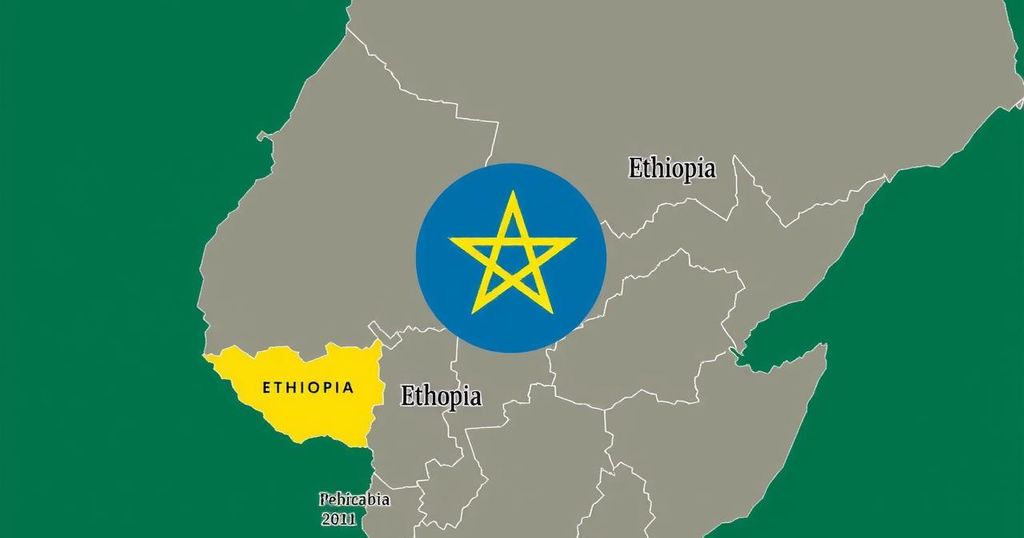Ethiopia: Political Evolution and Federal Structure

Ethiopia has undergone substantial political changes since the late 20th century, transitioning from a feudal monarchy to a federal democratic republic. The 1994 constitution established a system that promotes ethnic self-governance. Despite challenges in representation, including disparities for women, Ethiopia maintains a robust political structure. The Prosperity Party currently governs, replacing the EPRDF, and the Ethiopian National Defense Forces play a critical role in national security and international peacekeeping.
Ethiopia has experienced profound political transformations, particularly since the late 20th century. Under Emperor Haile Selassie I, the nation saw the introduction of a parliamentary system, albeit one that remained subordinate to the emperor. Following a coup in 1974, the Derg established a military regime and promoted a Communist-style government. The fall of the Derg led to the establishment of the Federal Democratic Republic of Ethiopia in 1994, which instituted a constitution granting autonomy to various ethnic groups, allowing for significant self-determination. The current governance structure of Ethiopia features a strong prime ministerial system alongside a bicameral legislature. The primary organs of government operate on the principles of ethnicity-based federalism, facilitating regional self-governance through kililoch. The constitution ensures universal suffrage, promoting representation for all ethnicities, although disparities do exist within political representation, particularly regarding women. The Ethiopian People’s Revolutionary Democratic Front (EPRDF) remained the key political entity until its dissolution in 2019, leading to the formation of the Prosperity Party. The country’s security apparatus, particularly the Ethiopian National Defense Forces (ENDF), remains robust, contributing to various international peacekeeping missions. This sociopolitical landscape is complex and reflects Ethiopia’s unique historical trajectory, demonstrating the challenges and advancements in governance and ethnic representation within the nation.
Ethiopia’s political landscape has been shaped by its historical evolution from a feudal society to a modern state. Significant changes were first instigated by Emperor Haile Selassie I, who modernized governance structures but struggled against deeper societal issues. The aftermath of the Derg regime marked a transition towards a federal system intended to address ethnic diversity. The introduction of the 1994 constitution further transformed Ethiopia’s governance by empowering ethnic nationalities, thus reshaping the national identity and political framework. This transformation allows for regional autonomy while attempting to maintain national unity.
In conclusion, Ethiopia’s political framework reflects its complex history, diverse ethnicities, and ongoing quest for democratic representation. The federal constitution remains a crucial instrument for promoting self-determination, notwithstanding the challenges in achieving equitable representation. The transition from EPRDF to the Prosperity Party signifies a dynamic political evolution, while the ENDF asserts Ethiopia’s role on the continental security stage. Analyzing Ethiopia’s federal system provides insight into the balance required between regional autonomy and national cohesion.
Original Source: www.britannica.com







